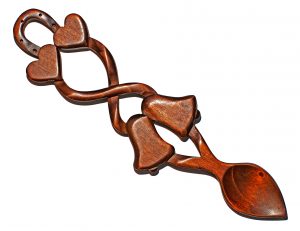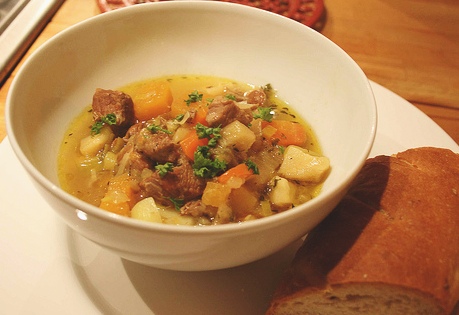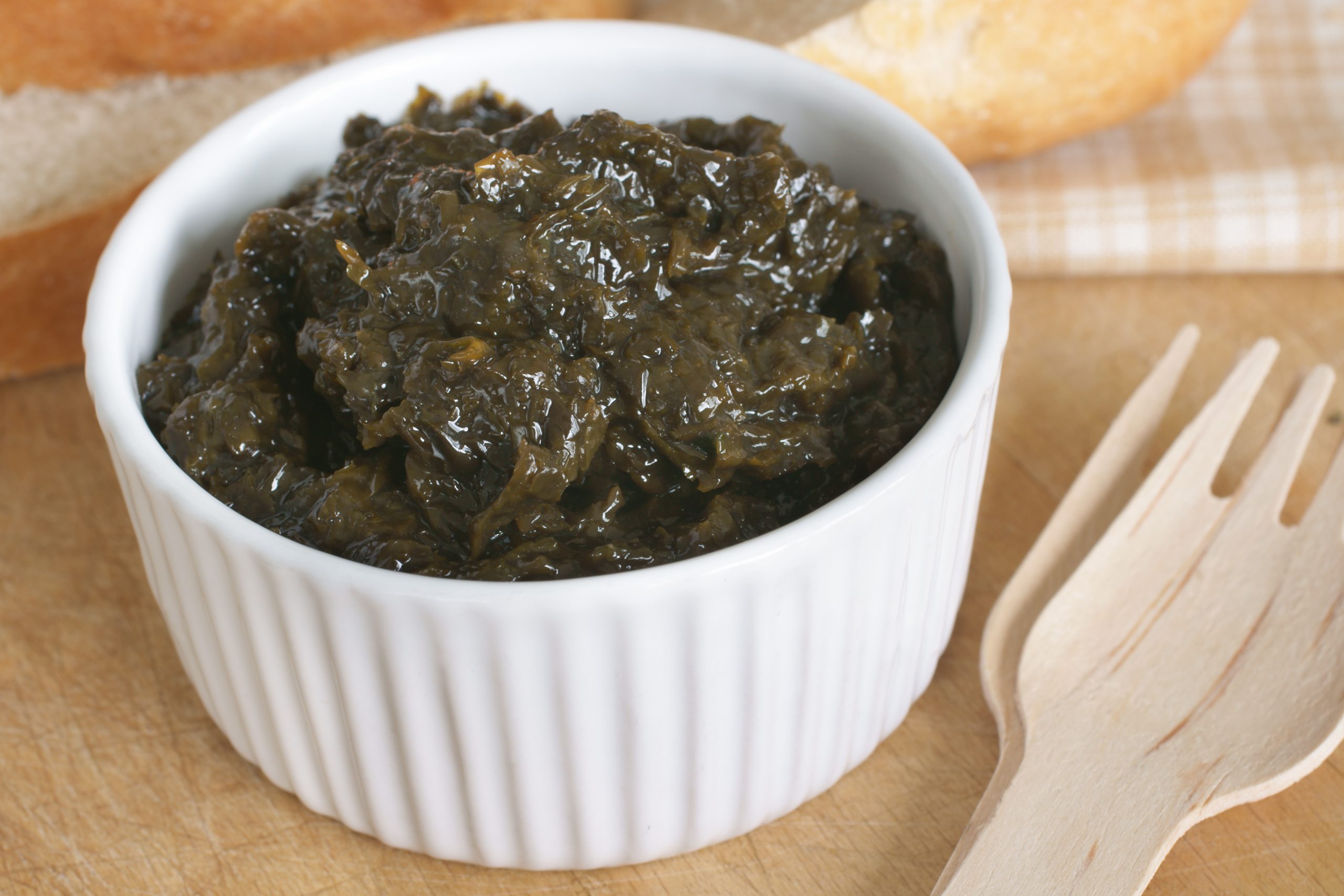Love Traditions in Wales: St Dwynwen’s Day and Welsh Love Spoons
In Wales, St Dwynwen’s Day is much more important than St Valentine’s Day. Across Wales on 25th January each year, St Dwynwen’s Day celebrates – and pays homage to – Dwynwen, Patron Saint of lovers.
Who was St Dwynwen?
As with any traditional tale, there are a number of variations. But, Dwynwen lived in Anglesey in the 5th Century. Tradition has it that she was a daughter of the legendary King Brychan Brycheiniog.
Dwynwen’s story is one of lost love. This is either because she rejected the advances of her suitor Maelon Dafodrill, or because her father forbade the union because she had been promised to another.
Either way, she retreated to a solitary life on the island of Ynys Llanddwyn off the west coast of Anglesey. There she was to become a hermit until her death in around AD 460.
Her studies of herbs led her to be able to cure many illnesses and her cures were much sought after.
Shrines and Pilgrimages
The site of St Dwynwen’s chapel on Ynys Llanddwyn became an important shrine and place of pilgrimage in the Middle Ages. After the Reformation, pilgrimages were strongly discouraged and the site fell into disrepair.
Eventually, in the reign of Queen Victoria, a plain cross was erected in Dwynwen’s memory around 1879. This was followed in 1903 by a Celtic Cross erected near the ruins of the church.
The modern revival of St Dwynwen’s Day
In the 1960s there was a movement to revive the observance of St Dwynwen’s Day, led by a student at Bangor University named Vera Williams. She initially commissioned designs for cards along the lines of St Valentine’s Day cards.
Over the years, the popularity of St Dwynwen’s Day grew and although perhaps still not as well-known as Valentine’s Day, there are events and celebrations across Wales. Couples may also exchange cards on 25th January each year.
Welsh Lovespoons in History
 Lovespoons do not have any direct link to St Dwynwen, but they are something which most people will instantly connect with Wales.
Lovespoons do not have any direct link to St Dwynwen, but they are something which most people will instantly connect with Wales.
That said, although quintessentially Welsh, lovespoons were also traditional in Scandinavia and Eastern Europe.
Dating back to the 17th Century, a lovespoon is a traditionally carved wooden spoon which was given to a woman by her suitor as a sign of romantic intent. The earliest Welsh lovespoon, dated 1667, is on display at St Fagans National Museum of History in Cardiff.
Lovespoons were an opportunity for the suitor to show off his woodworking skills, with many being ornately and beautifully carved. This was less about impressing the woman in question, and more about proving to her father that the suitor had the means to provide for his future bride with woodworking skills.
Welsh Lovespoons today
Lovespoons remain popular to this day and most people seeing one will make an immediate connection with Wales.
They may be given as signs of love between couples, as wedding and anniversary gifts. They’re also a popular purchase for visitors who wish to take home a little bit of Wales!





